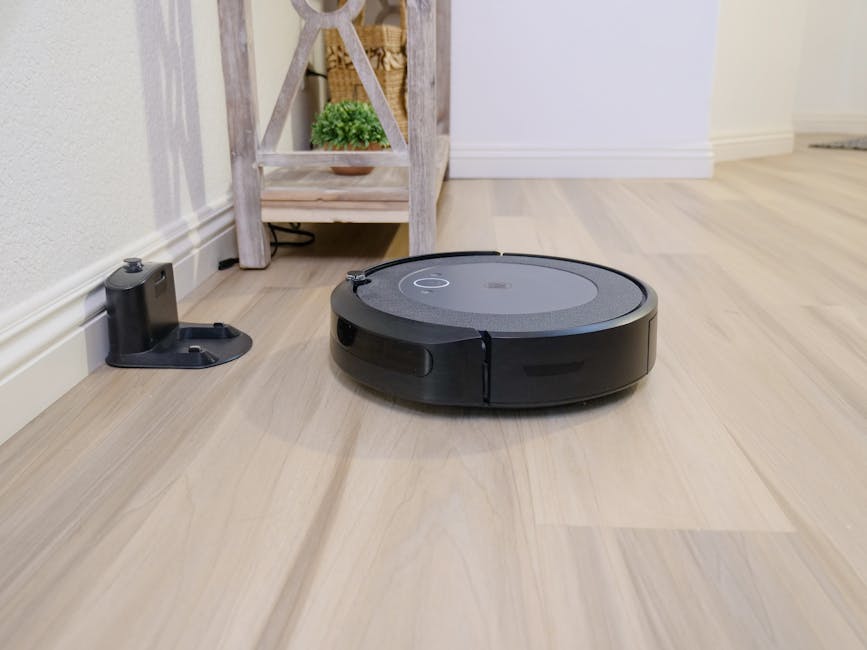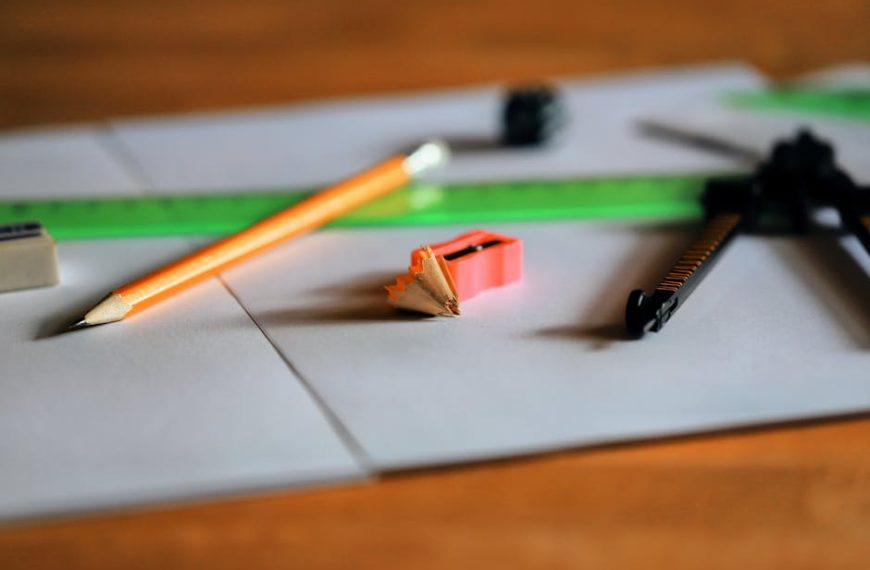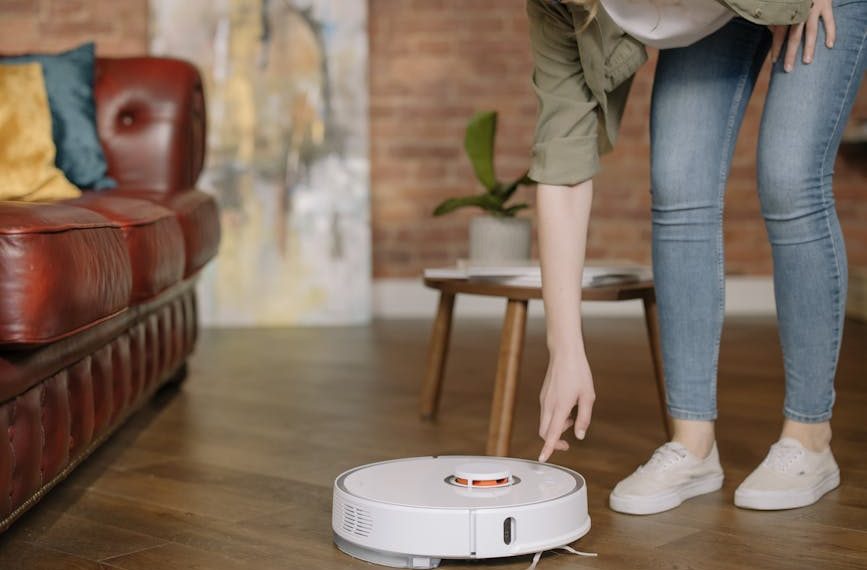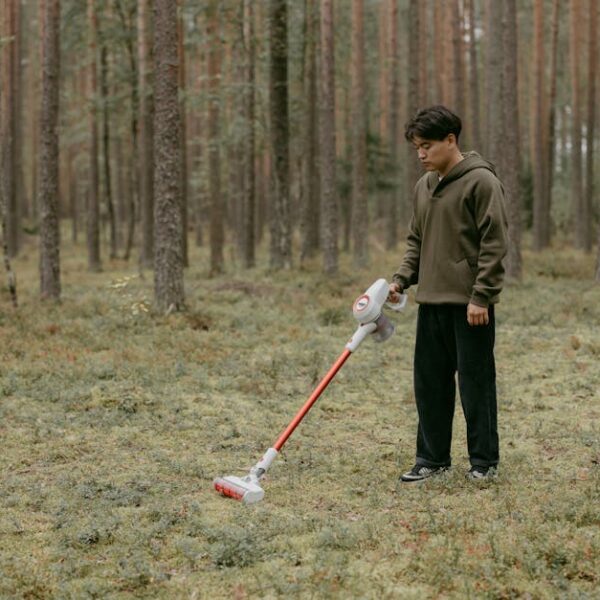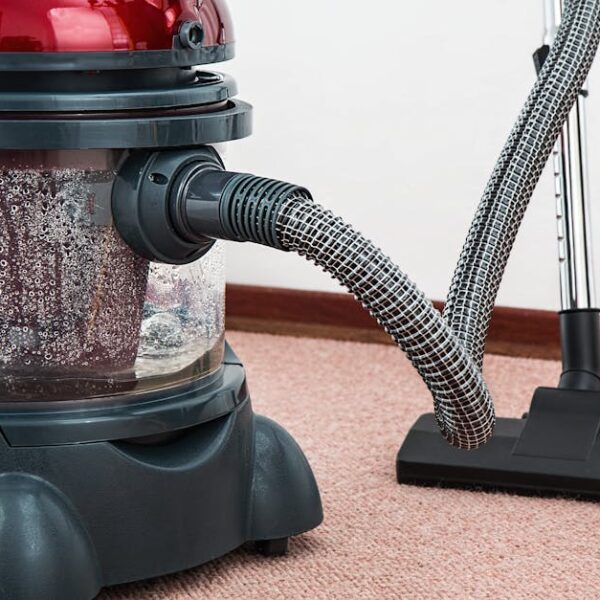Roomba vacuums are nifty machines that make our everyday lives easier. Hovering across our floors, picking up dust, debris, allergens, and more – the key to their efficiency lies in a small component – the filter. This tiny yet powerful component traps and removes particulate matter, ensuring you have a clean and healthy living environment.
However, the functionality of your Roomba vacuum can begin to diminish over time, and more often than not, the filter is at fault. As the filter gets clogged with dust and other particles, suction capacity can decline, hindering its operation. Worse still, a heavily burdened filter can reduce the lifespan of your Roomba. That’s why it’s essential to maintain a regular cleaning schedule for your Roomba filter. Ideally, depending on the frequency of use, the filter should be cleaned every two weeks to maintain optimal performance.
Types of Filters in Roomba Models and Their Cleaning Needs
Roomba vacuums come in various models, each with its own unique filter type, including AeroVac and High-Efficiency filters. Given their structural differences and design nuances, these filter types require specific cleaning techniques tailored to their design. Avoiding a one-size-fits-all cleaning approach for different filter designs is vital in preventing unnecessary wear and ensuring a thorough clean.
For example, Roomba models like the 600 series use AeroVac filters, which perform optimally when cleaned gently with a soft brush. In contrast, higher-end models such as the i7 or S9 series utilize High-Efficiency filters that require a bit more effort to clean as the dirt often settles more profoundly into the filter material, necessitating a comprehensive rinse and dry.
Comparing different Roomba models and their respective filter types:
| Roomba Model | Filter Type |
|---|---|
| 600 Series | AeroVac |
| i7 Series | High-Efficiency |
| S9 Series | High-Efficiency |
Step by Step Guide to Cleaning a Roomba Filter
Cleaning a Roomba filter isn’t a complex task, but a systematic approach can make the process much more efficient. Here is a step-by-step guide covering the essentials:
- Remove the bin: Always start by removing the dust bin from your Roomba.
- Extract the filter: Inside the bin, you’ll find the filter which is typically affixed and can be easily snapped out.
- Tap the filter: Gently tap the filter on the side of a trash can to remove loose dust and debris.
- Brush away dust: Use a soft-bristle brush to gently clean the filter. Make sure to clean between folds if applicable.
- Let it dry: For High-Efficiency filters, lightly rinse under warm water (if heavily soiled). Leave it to dry completely for 24 hours before reinserting into your Roomba.
Note: Please refer to the manufacturer’s guide on your specific Roomba model before cleaning the filter.
Common Mistakes to Avoid When Cleaning a Roomba Filter
Even with a proper cleaning guide, some mistakes can occur during the cleaning process. Here are some common mistakes that Roomba owners often make, along with solutions to avoid them:
- Mistake: Washing the AeroVac filter.
Solution: AeroVac filters should only be gently brushed, as washing them can cause damage. High-Efficiency filters can be washed but must be properly dried before reinstallation. - Mistake: Using the Roomba with a wet filter.
Solution: Always ensure the filter is thoroughly dry before reinstalling. Operating the Roomba with a wet filter can lead to motor damage. - Mistake: Neglecting regular cleaning.
Solution: Keep up with regular cleaning schedules. Filters can easily become clogged, reducing the Roomba’s efficiency. - Mistake: Replacing the filter incorrectly.
Solution: Ensure the filter is securely snapped into place before replacing the bin. Loose filters can impair functionality and potentially damage the Roomba.
Maintaining Your Roomba Filter for Optimal Performance
Regular filter maintenance enhances the longevity and functionality of your Roomba vacuum. Here are some tips and tricks you can follow to upkeep your Roomba filter:
- Regular checkups: Check the status of your filter regularly. If it looks overly dirty, give it a clean.
- Proper use: Use your Roomba as intended. For instance, avoid vacuuming liquids or very large debris, which can harm the filter.
- Timely replacement: Filters are not meant to last forever. Replace them every 2-3 months depending on usage, even if they seem clean.
- Right cleaning tools: Always clean your filter with a gentle brush to avoid fabric fraying or rupturing.
Pro Tips:
- Avoid using knock-off filters that may not match your Roomba’s performance specifications.
- Should your Roomba’s performance decrease, experiment with a new filter before assuming the entire machine needs replacement.
- Be gentle when snapping the filter and dustbin back into place, as forceful action can damage the device.
Keeping your Roomba filter clean and well-maintained will ensure the longevity and optimal performance of your vacuum. And in the process, you’ll maintain a cleaner and healthier home environment. So don’t delay, check and clean your Roomba filter today!
Key Takeaway:
- The filter plays a crucial role in maintaining the efficiency and longevity of Roomba vacuums.
- Regular cleaning, ideally every two weeks, prevents the accumulation of dust and debris and improves vacuum performance.
- Different Roomba models have distinct filter types, such as AeroVac and High-Efficiency filters, each requiring model-specific cleaning techniques.
- Roomba filter cleaning involves removal, dusting, brushing, rinsing (for High-Efficiency filters), and drying.
- Certain cleaning mistakes, like washing AeroVac filters or reusing wet filters, can damage the Roomba and should be avoided.
- Regular maintenance, including checkups, proper use, timely replacement, and correct cleaning tools, enhances the lifespan and functionality of the Roomba filter.
Remember, maintaining your Roomba filter properly not only ensures your vacuum’s longevity but also fosters a cleaner living environment. Stay ahead of dirt and allergens – keep your Roomba filter clean and your home healthier.
How Does Cleaning a Shark Vacuum Filter Compare to Cleaning a Roomba Filter?
Cleaning a Shark vacuum filter is generally more hands-on than maintaining a Roomba filter. While both require regular attention, tips for maintaining your shark vacuum cleaner often emphasize removing debris and washing the filter regularly. In contrast, a Roomba filter can be easily accessed and replaced without as much effort.
FAQs
Q: What should I do if my Roomba suction capacity seems to have decreased?
A: A decrease in suction capacity can often be attributed to a clogged filter. Try cleaning your filter thoroughly. If the issue persists, you might consider replacing the filter altogether.
Q: Can I clean my Roomba filter in a washing machine or dishwasher?
A: No, washing machines and dishwashers may damage the delicate filter fabric. It’s recommended to gently brush an AeroVac filter or rinse a High-Efficiency filter under warm water by hand.
Q: How often should I replace my Roomba filter?
A: Generally, Roomba filters should be replaced every 2-3 months, depending on usage. This can vary based on the model and the amount of dust or debris the vacuum encounters.
Q: Can I replace my Roomba filter with a generic one to save money?
A: While generic filters may fit your Roomba, they might not meet the performance specifications of original filters. This could negatively affect your vacuum’s performance and potentially cause damage.
Q: My Roomba model isn’t among the ones listed. How do I determine the correct filter type and cleaning method?
A: If your model isn’t listed, refer to your user manual or contact Roomba’s customer service to determine the appropriate filter and appropriate cleaning method.
Feel free to share this article with fellow Roomba owners and explore more posts on our website to get the best out of your smart home appliances.
